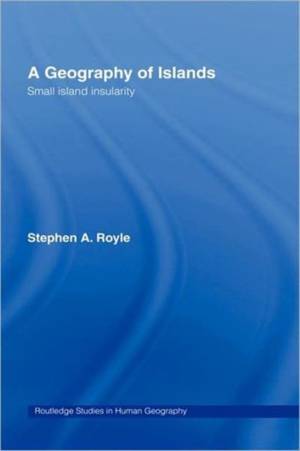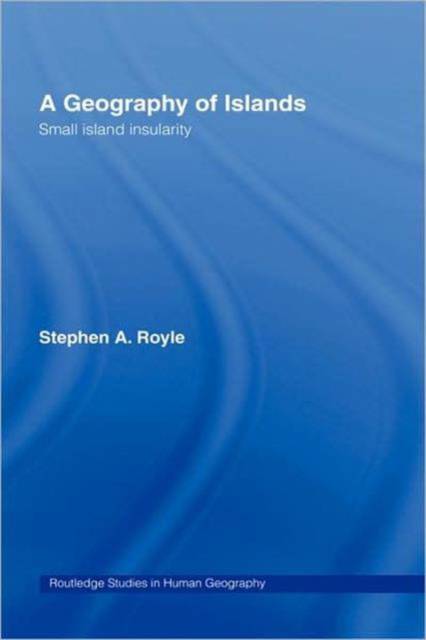
- Afhalen na 1 uur in een winkel met voorraad
- Gratis thuislevering in België vanaf € 30
- Ruim aanbod met 7 miljoen producten
- Afhalen na 1 uur in een winkel met voorraad
- Gratis thuislevering in België vanaf € 30
- Ruim aanbod met 7 miljoen producten
Zoeken
Omschrijving
First Published in 2004. Islands have always fascinated people. They often seem remote and mysterious, set between the continents on which most people live. Indeed, many people choose islands for their perfect holiday idyll. In practice, however, the everyday social and economic reality is often very different. A Geography of Islands firstly examines the differing ways islands are formed. Despite the uniqueness of such islands in terms of shape, size, flora and fauna, and also their economic and developmental profiles, they all share certain characteristics and constraints imposed by their insularity. These present islands everywhere with a range of common problems. A Geography of Islands considers how their small scale, isolation, peripherality and often a lack of resources, has affected islands, in the present day and their past. It considers and discusses population issues, communications and services, island politics and new ways of making a living, especially tourism, found within contemporary island geography. A Geography of Islands gives a comprehensive survey of 'islandness' and its defining features. Stephen A. Royle has visited and studied 320 islands in 50 countries in all the world's oceans. It is full of up-to-date global case studies, from Okinawa to Inishbofin, and Hawaii to Crete. In the final chapter, all the themes are brought together in a case study of the Atlantic island of St Helena. It is well illustrated with the author's own photographs and maps. This book will appeal to those studying islands as well as those with an interest in the topic, particularly those engaged in dealing with small island economies.
Specificaties
Betrokkenen
- Auteur(s):
- Uitgeverij:
Inhoud
- Aantal bladzijden:
- 248
- Taal:
- Engels
- Reeks:
- Reeksnummer:
- nr. 1
Eigenschappen
- Productcode (EAN):
- 9781857288650
- Verschijningsdatum:
- 8/02/2001
- Uitvoering:
- Hardcover
- Formaat:
- Genaaid
- Afmetingen:
- 156 mm x 234 mm
- Gewicht:
- 526 g

Alleen bij Standaard Boekhandel
+ 1144 punten op je klantenkaart van Standaard Boekhandel
Beoordelingen
We publiceren alleen reviews die voldoen aan de voorwaarden voor reviews. Bekijk onze voorwaarden voor reviews.








